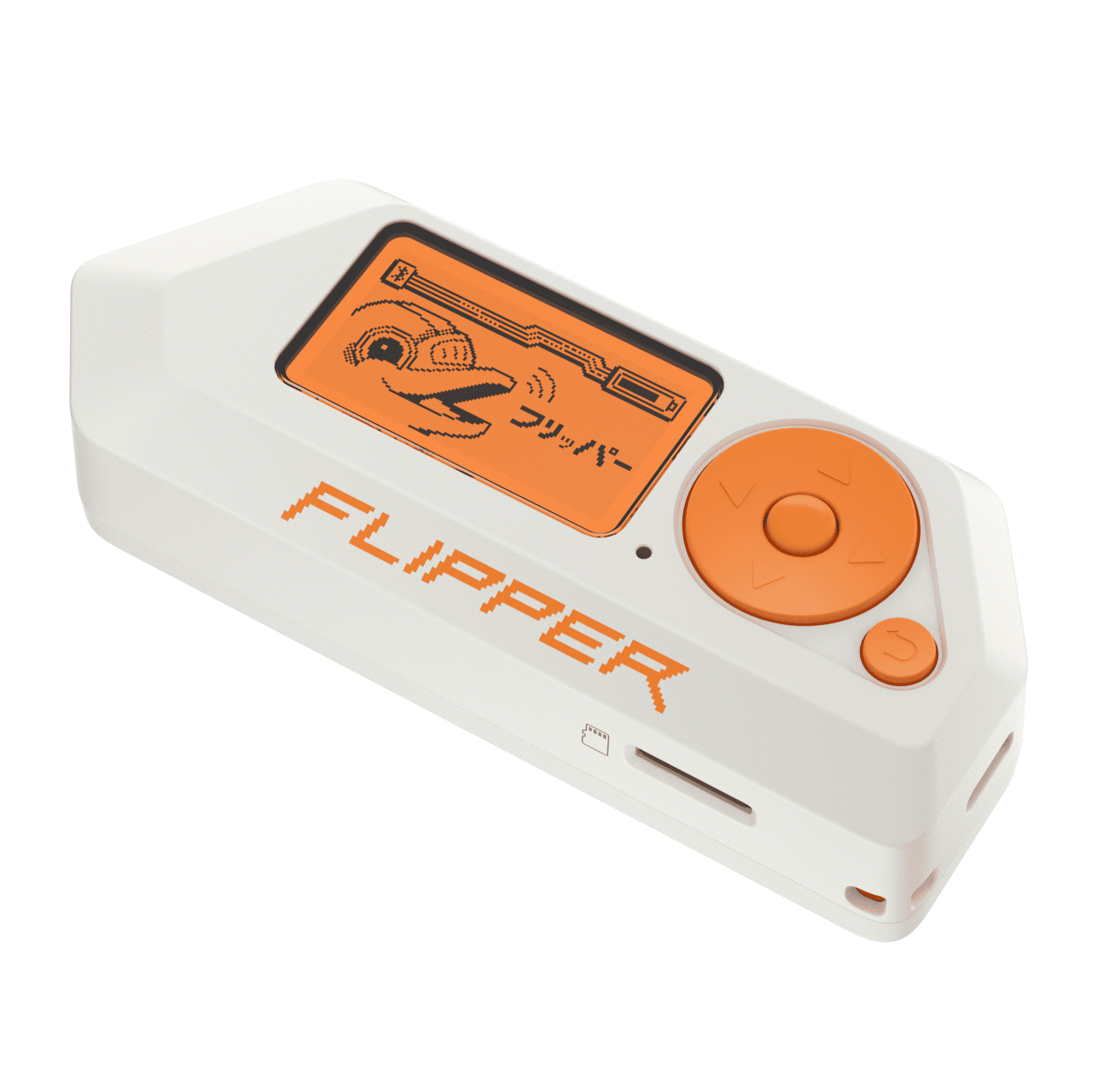Flipper Zero has become popular as a small, versatile device for security researchers and hobbyists who want to explore digital systems and signals. It combines radio frequency communication with an easy-to-use interface. However, its success has led to high demand, creating a market for alternatives that are as good as or better than Flipper Zero. It’s success has also led to a lot of attention from government and police organizations around the world as the tool has become popular amongst criminals doing things they aren’t supposed to be doing.
In any case, alternatives have popped up that usually start out as open-source projects, allowing for more customization and potential cost savings. One such alternative is HackBat, created by security enthusiast Pablo Trujillo. HackBat is similar in size to Flipper Zero but focuses on modularity and is powered by a Raspberry Pi microcontroller. It emphasizes flexibility and appeals to users interested in improving their cybersecurity tools. With these new tools, the world of security testing and hardware interaction is evolving to include more ideas and innovations from different creators. Users are seeking these alternatives not just as backups, but for features that may not be available on the original Flipper Zero device. These features include different transceivers, powerful microcontrollers, and improved interfacing options, shaping the landscape for various cybersecurity tasks from network analysis to wireless testing.
Devices Similar to Flipper Zero
HackRF One

This software-defined radio (SDR) is a favorite among hardware hackers and security researchers. It boasts a wide frequency range and can transmit and receive radio signals, making it ideal for exploring various wireless protocols and experimenting with signal manipulation.
Proxmark3

Primarily used for RFID and NFC hacking, the Proxmark3 is a powerful tool for reading, cloning, and emulating RFID tags and cards. It’s a popular choice for security researchers and hobbyists interested in exploring the world of contactless technologies.
Ubertooth One

Designed for Bluetooth experimentation, the Ubertooth One is a versatile tool for sniffing, analyzing, and manipulating Bluetooth Low Energy (BLE) signals. It’s a valuable asset for security professionals and researchers working with BLE devices.
Yard Stick One

This compact USB device packs a punch when it comes to wireless attacks and experimentation. It supports various wireless protocols like Wi-Fi, Bluetooth, and RFID, making it a great option for those interested in exploring different aspects of wireless security.
Pwnagotchi
While not a hardware device like the others, Pwnagotchi is an open-source software project that turns a Raspberry Pi into an AI-powered “ghost” that learns how to hack Wi-Fi networks. It’s a fun and educational project for those interested in Wi-Fi security and AI.
Table: Flipper Zero Alternatives Comparison
| Device | Key Features | Target Audience | Price Range |
|---|---|---|---|
| HackRF One | Wide frequency range, transmit and receive radio signals, SDR capabilities | Hardware hackers, security researchers | $200-$300 |
| Proxmark3 | RFID/NFC reading, cloning, and emulation | RFID/NFC enthusiasts, security researchers | $200-$300 |
| Ubertooth One | Bluetooth Low Energy (BLE) sniffing, analysis, and manipulation | Bluetooth enthusiasts, security researchers | $100-$200 |
| Yard Stick One | Wi-Fi, Bluetooth, RFID experimentation, compact and portable design | Wireless security enthusiasts, penetration testers | $50-$100 |
| Pwnagotchi | AI-powered Wi-Fi hacking “ghost,” educational project | Wi-Fi security enthusiasts, AI enthusiasts | Varies depending on Raspberry Pi model |
Key Takeaways
- Alternatives to Flipper Zero offer similar functions with additional customization.
- HackBat emerges as a notable alternative, emphasizing modularity and powered by a Raspberry Pi microcontroller.
- New devices provide varied options for cybersecurity tasks, shaping the landscape of hardware interaction and security testing.
Technical Specifications and Capabilities
In the market for hacking tools, alternatives to the Flipper Zero stand out with specific functions that are essential for security professionals. These tools come with a range of capabilities from RFID communication to sophisticated radio frequency handling, packed into a portable design.
RFID Capabilities
Alternative gadgets often carry RFID functionalities that support various tags and protocols. Security professionals use this feature to interact with access control systems. For instance, they can clone ID badges or analyze authentication processes. These devices can read and emulate a wide array of RFID standards, which are integral to NFC technologies as well.
Wireless and Radio Communication
A key highlight is the ability to handle different wireless signals and protocols, including Wi-Fi, Bluetooth, and various radio frequencies. Tools like HackRF One and PortaPack H2 serve as software-defined radios (SDR), which can transmit and receive radio signals across a broad frequency range. They cater to tasks involving the tracking and analysis of wireless protocols.
Hardware and Portability
The hardware design of these tools is typically compact and portable, making them convenient for fieldwork. They may include screens for an easy interface, slots for SD or microSD cards, and USB 2.0 ports for connectivity. Some models offer a lightweight form factor with a durable casing, which is suitable for regular transportation and use in different environments.
Software and Programmability
Most alternative devices run on custom, open-source firmware, allowing users to tailor the functionality to meet specific needs. Programmability is a core feature, enabling users to script their tasks and automate certain processes. The open-source nature of the software encourages community collaboration and continuous improvement of the tool’s capabilities.







